
Mural painting has long been a fascinating and vibrant form of art that has the power to transform the urban landscape into a visually stunning masterpiece. With its roots dating back thousands of years, mural painting has evolved into a dynamic and versatile art form that not only beautifies public spaces but also tells compelling stories and captures the essence of a community.
The use of bold colors, intricate details, and larger-than-life scale distinguishes mural painting from other art forms, making it a truly immersive experience for viewers. Murals can be found in cities around the world, adorning the sides of buildings, bridges, and even entire neighborhoods. They have the ability to capture the spirit and culture of a place, reflecting the diverse voices and experiences of a community.
The creation of a mural is a collaborative process that brings together artists, community members, and local organizations. Often, the mural painting process involves extensive research and community engagement to ensure that the artwork is not only aesthetically captivating but also reflective of the community’s values and aspirations. From concept development to the final brushstroke, mural painting is a labor of love that often requires the artist to work closely with the community, listening to their stories and incorporating their input into the artwork.
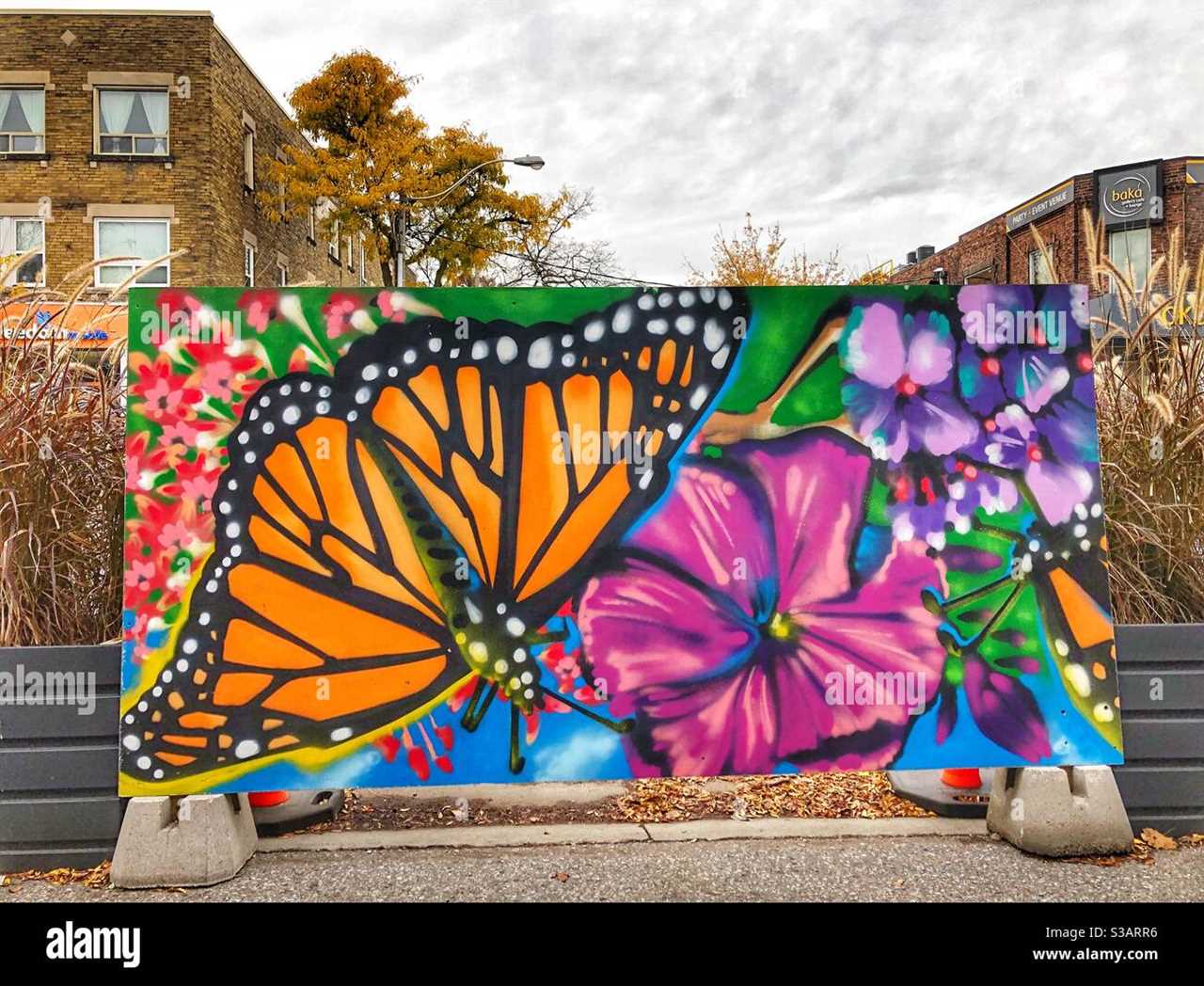
In ancient Egypt, mural paintings were commonly found in tombs and temples. These elaborate frescoes depicted scenes from daily life, religious rituals, and mythological stories. They were believed to guide and protect the deceased in the afterlife.
In ancient Greece, murals were used to decorate the interiors of palaces, public buildings, and private homes. These paintings usually depicted mythical heroes, gods, and goddesses, as well as historical events. The frescoes in the Palace of Knossos on the island of Crete are some of the most well-known examples of ancient Greek mural painting.
The Romans also embraced mural painting, using it extensively to decorate their buildings. The city of Pompeii, which was buried in volcanic ash in 79 AD, preserved a treasure trove of ancient Roman murals. These paintings give us a glimpse into the daily life, traditions, and mythology of the ancient Roman civilization.
Throughout history, mural painting continued to evolve and develop. During the Renaissance period in Europe, artists like Michelangelo and Raphael created grand frescoes in churches and palaces, showcasing their technical skill and artistic prowess.
In more recent times, mural painting has become a popular form of public art. From the political murals of Diego Rivera in Mexico to the vibrant street art of Banksy, murals have become a powerful tool for artists to express their creativity and convey messages to a wider audience.
Today, mural painting can be seen in cities around the world, transforming urban landscapes and adding color and vibrancy to public spaces. It continues to be a dynamic and ever-evolving art form, carrying on the rich historical tradition established by ancient civilizations.
The Impact of Mural Painting on Public Spaces
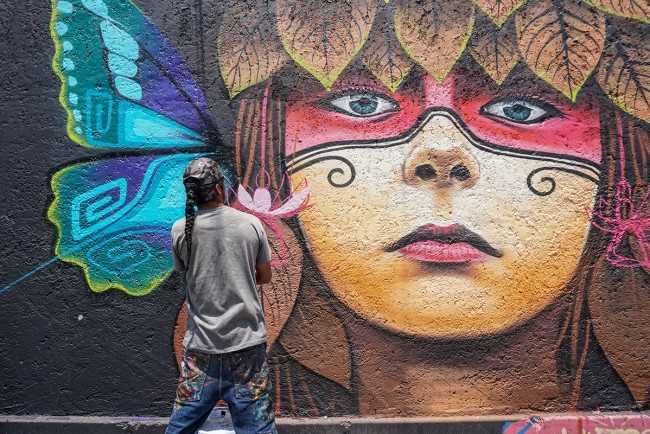
Mural painting has a powerful impact on public spaces, transforming them into vibrant and engaging environments. The presence of murals brings art directly to the streets, making it accessible to everyone, regardless of their background or social status. These visual masterpieces have the ability to spark conversation, provoke thought, and create a sense of community.
One of the main impacts of mural painting on public spaces is its ability to beautify and enhance the aesthetic appeal of an area. Dull and boring walls are transformed into colorful and captivating canvases that capture the attention of passersby. Whether it’s a large-scale mural covering the entire side of a building or a small mural tucked away in a corner, these artistic creations have a way of brightening up even the most mundane urban landscapes.
Mural painting also has the power to reflect the unique identity and culture of a community. Many murals depict historical events, local landmarks, or celebrate the diversity of the local population. They serve as visual storytelling, creating a connection between the artwork and the people who live in the area. In this way, mural painting becomes a form of public art that contributes to the preservation and celebration of a community’s heritage.
| Benefits of Mural Painting on Public Spaces: |
| 1. Inspiration: Murals can inspire and motivate individuals by showcasing positive messages, uplifting imagery, and promoting creativity. |
| 2. Social Cohesion: Murals can bring people together, fostering a sense of belonging and unity within a community. |
| 3. Economic Development: Murals can attract tourists and visitors to an area, boosting local businesses and creating a thriving artistic hub. |
| 4. Crime Reduction: The presence of murals can deter crime and vandalism, as they create a sense of ownership and pride within the community. |
| 5. Education: Murals can serve as educational tools, teaching viewers about history, culture, and social issues. |
Street Art vs. Graffiti: Understanding the Distinctions
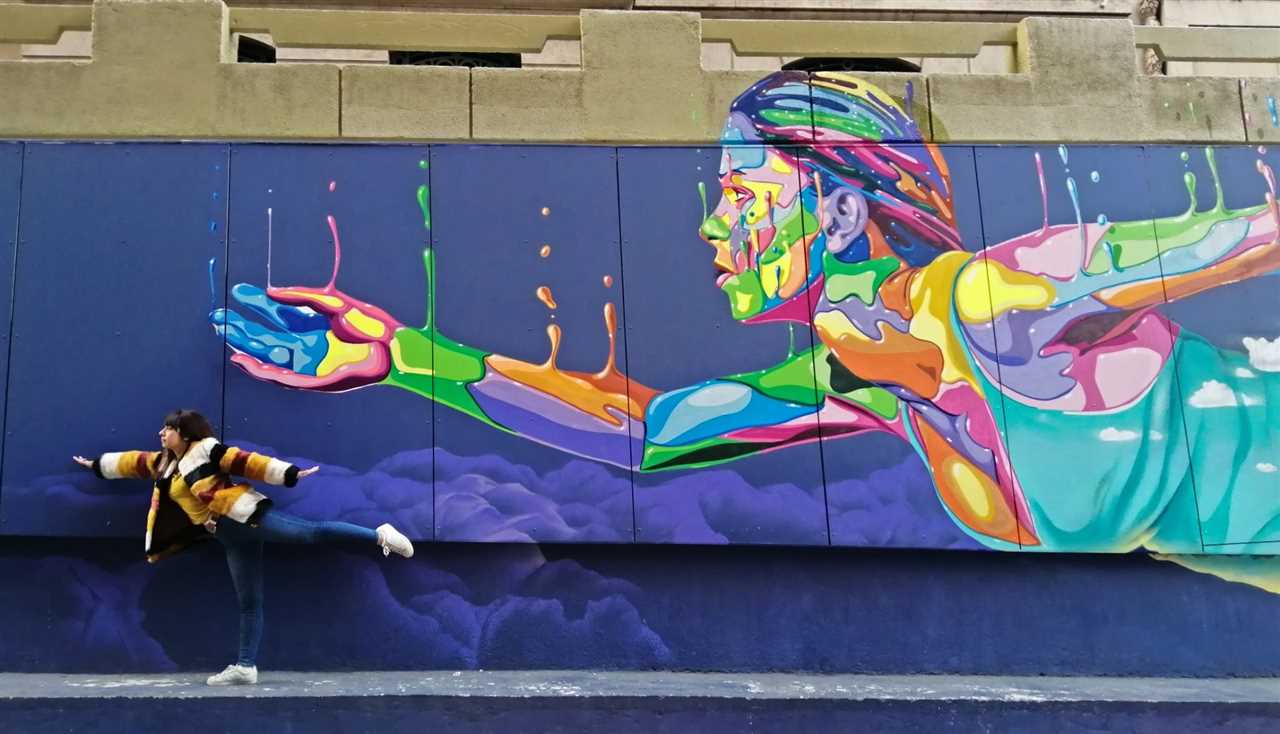
In the world of urban art, there are two distinct forms that often get confused: street art and graffiti. While they may seem similar at first glance, understanding the distinctions between the two can help us appreciate the unique characteristics of each.
Street Art
Street art is a broad term that encompasses various forms of visual art displayed in public spaces. It is often created by artists who want to express their creativity and push boundaries outside the traditional art scene. Street art can take the form of murals, stencils, wheatpastes, and installations.
One of the key characteristics of street art is that it is typically legal or commissioned, with the artist obtaining permission from the property owner or local authorities. Street artists often use their art to convey social or political messages, beautify communities, or to ignite conversations about various issues.
Graffiti
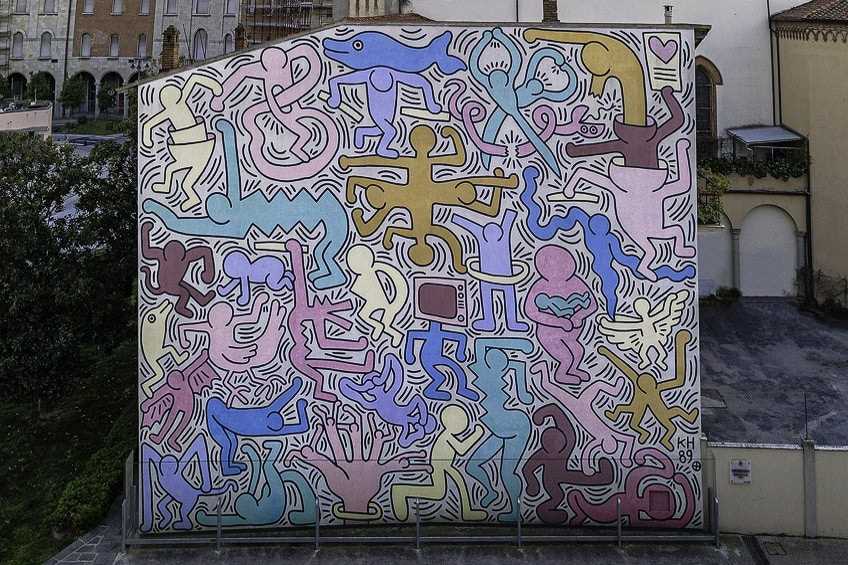
Graffiti, on the other hand, is generally seen as illegal or unauthorized markings on public or private property. It is often associated with vandalism and seen as a form of defacement. Graffiti is typically created using spray paint or markers and is often quick and spontaneous.
The Process of Creating a Large-Scale Mural
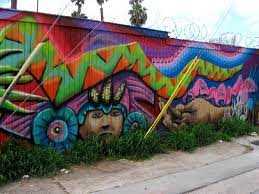
Creating a large-scale mural is a complex and intricate process that involves careful planning, artistic vision, and skilled execution. Here is an overview of the step-by-step process:
| Step 1: Conceptualization and Design
The first step in creating a large-scale mural is to develop the concept and design. This involves brainstorming ideas, considering the space and environment where the mural will be located, and collaborating with the client or community members to ensure their vision is incorporated. Once the concept is finalized, the artist creates a detailed sketch or digital rendering of the mural. |
| Step 2: Surface Preparation
Before starting the actual painting process, the surface where the mural will be painted needs to be prepared. This may involve cleaning the wall, applying a base coat of paint, or repairing any damages. Surface preparation is essential to ensure the longevity and quality of the mural. |
| Step 3: Grid Creation
To ensure accuracy and proportion in the mural, a grid is typically created on the wall. This involves measuring and dividing the wall into equal sections using a pencil or chalk. The grid serves as a reference guide for the artist during the painting process. |
| Step 4: Painting
With the surface prepared and the grid in place, the artist can begin painting the mural. Depending on the size and complexity of the design, this process can take days, weeks, or even months to complete. Artists use a variety of techniques, such as brushes, rollers, and spray paint, to bring the design to life. |
| Step 5: Finishing Touches and Sealant
After the main painting is complete, the artist adds any final details or embellishments to enhance the mural. This may involve adding shading, highlights, or additional colors. Once the artist is satisfied with the final result, a sealant or varnish is applied to protect the mural from weathering and vandalism. |
| Step 6: Unveiling and Maintenance
Once the mural is finished and dried, it is time for the grand unveiling. This is an opportunity for the artist and the community to come together and celebrate the completion of the mural. Ongoing maintenance is also important to preserve the mural’s beauty, which may involve occasional touch-ups or cleaning. |
Creating a large-scale mural is not only a visual transformation of an urban space, but also a powerful expression of art and community. The process requires careful planning, technical skill, and a passion for creating something impactful. The end result is a vibrant and dynamic artwork that enriches the environment and inspires all who see it.
The Role of Mural Painting in Urban Revitalization

Mural painting plays a significant role in urban revitalization, transforming bland and neglected urban spaces into vibrant and visually appealing areas. These large-scale artworks have the power to breathe new life into communities, stimulating economic growth, fostering civic pride, and promoting cultural diversity.
By using buildings as canvases, muralists can revitalize abandoned or decaying structures, making them visually striking and attracting attention from both locals and tourists. This not only enhances the physical appearance of the area but also boosts tourism, attracting visitors to explore and experience the revitalized urban landscape.
Furthermore, mural painting can be a powerful tool for community engagement and empowerment. Involving local artists and residents in the creation of murals fosters a sense of ownership and pride in the community. It allows individuals to express their creativity, share their stories, and connect with others, creating a shared sense of identity and belonging.
Murals also have the ability to promote cultural diversity and celebrate a community’s unique heritage. By incorporating local history, traditions, and symbols into mural designs, artists can showcase the cultural richness of a neighborhood, fostering a greater appreciation for diversity and encouraging dialogue among residents.
| Benefits of Mural Painting in Urban Revitalization |
|---|
| Makes urban spaces visually appealing and vibrant |
| Attracts tourism and boosts local economy |
| Engages and empowers the community |
| Celebrates cultural diversity and heritage |
Appreciating the Beauty and Diversity of Mural Art
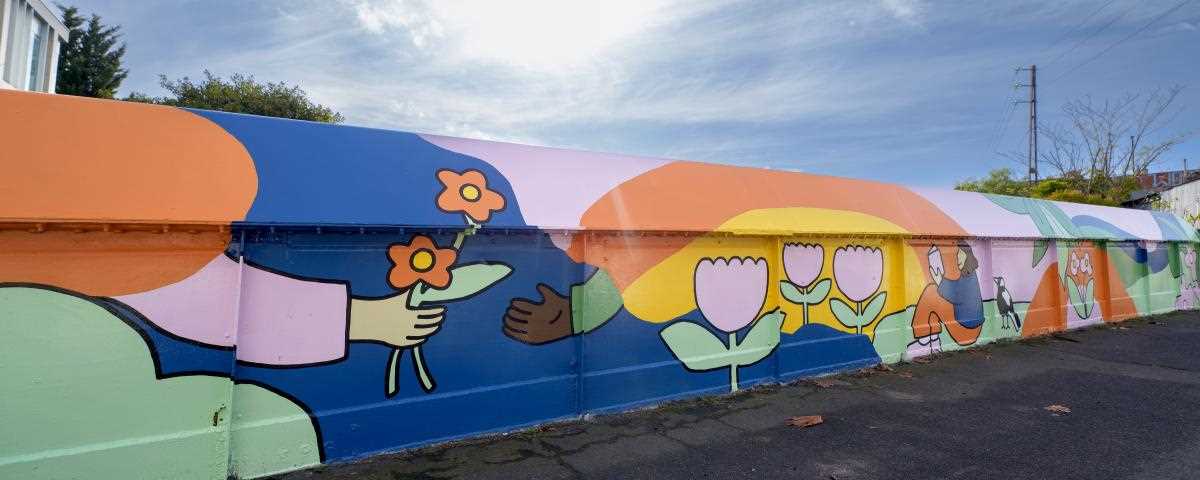
One of the most striking elements of mural art is its beauty. Murals often feature vivid colors, intricate designs, and larger-than-life images that can grab the attention of passersby and inspire a sense of awe. Whether it is a stunningly realistic portrait or an abstract composition, mural art has the ability to create an emotional response in those who see it.
Another fascinating aspect of mural art is its diversity. Murals can be found in various styles, representing different cultures, historical events, or social issues. From street art to political statements, from traditional motifs to futuristic visions, there is no limit to the subject matter that mural artists can explore. This diversity allows mural art to reflect the rich tapestry of human experiences and serves as a powerful platform for artists to express their unique perspectives.
Mural art also plays a vital role in revitalizing communities. By transforming empty walls into vibrant canvases, murals can breathe new life into neglected neighborhoods and create a sense of pride and ownership among community members. They have the ability to engage and unite people, sparking conversations and fostering a greater sense of belonging.
| Key Takeaways: |
| Mural art is a captivating form of artistic expression that can transform ordinary urban spaces. |
| It is characterized by its beauty, often featuring vivid colors and intricate designs. |
| Mural art is diverse, representing different cultures, historical events, and social issues. |
| It plays a vital role in revitalizing communities and fostering a sense of pride and ownership. |

I am a mural enthusiast and a fervent admirer of street art. Rather than creating murals myself, I am passionate about collecting them. My love for street art knows no bounds. I am dedicated to curating and cherishing these artworks that grace the streets. My collection stands as a testament to my profound appreciation for this form of artistic expression.
read about me



